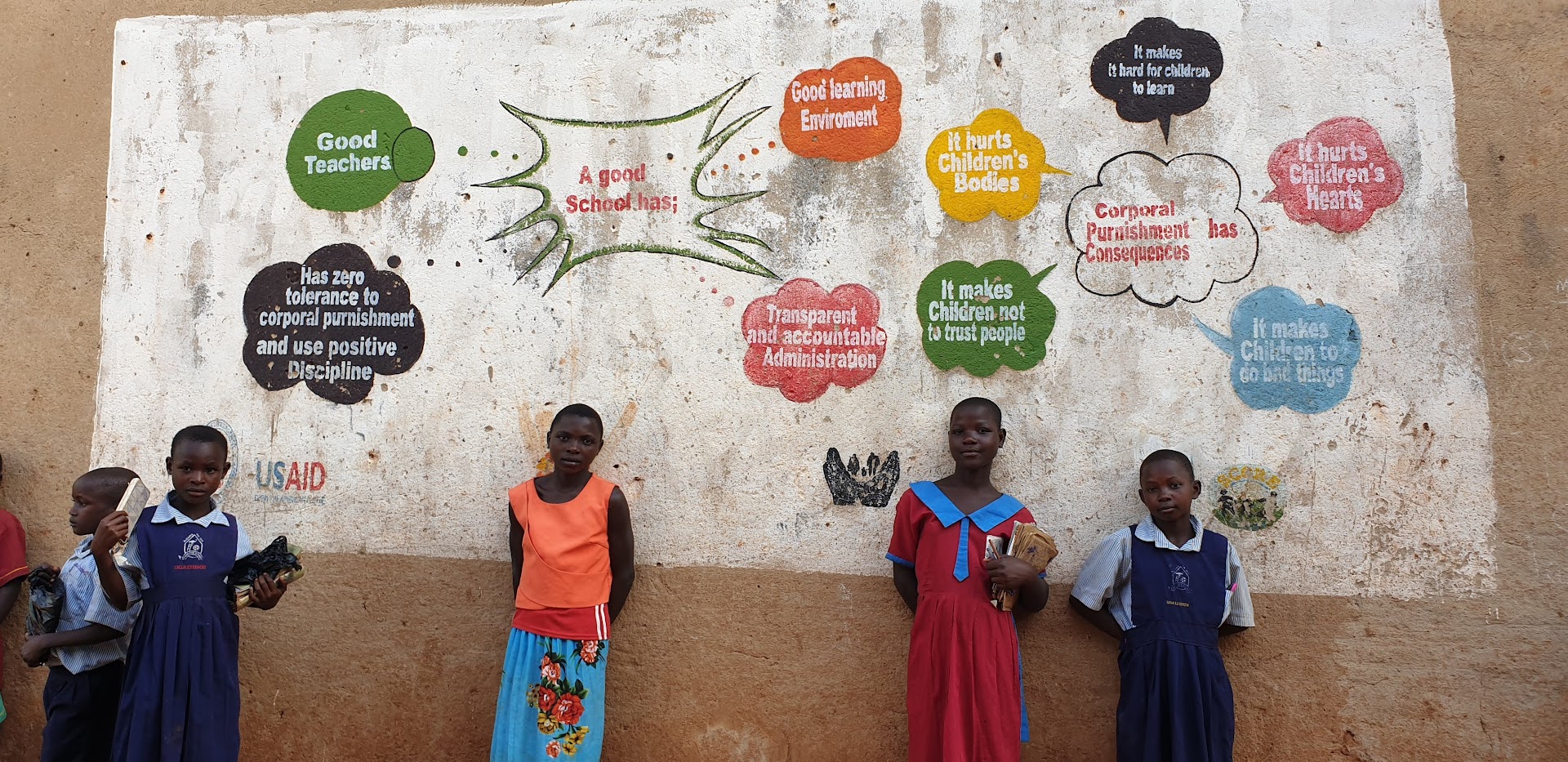고정 헤더 영역
상세 컨텐츠
본문 제목
🌍 International Development Cooperation NGOs: Key Strategies for Sustainability
본문
Many development cooperation NGOs share a common challenge:
💡 "How can we make donors resonate with our message and turn that empathy into actual support?"
This is not just a fundraising strategy—it is a matter of NGO survival.

🔑 The Core of NGOs Lies in Their ‘Value Proposition’
Let’s recall the Business Model Canvas, which businesses use to secure their competitive edge.
Companies can focus on cost reduction or highlight specific resources as their strengths.
✅ However, for NGOs (NPOs), the most critical aspect is the central element of the model: Value Proposition.
The definition of NGOs, NPOs (Non-Profit Organizations), or CSOs (Civil Society Organizations) emphasizes that value is at the core of their existence. The terminology itself reinforces the central role of value in these organizations.
Regardless of the projects they undertake or the financial models they develop, one fundamental question remains:
💡 "What value are we creating?"
The purpose of an NGO is to generate social value, engaging donors and stakeholders through this impact.
Once this value is communicated, the next essential question follows:
🔎 "How are we solving this problem?"
For an NGO to achieve sustainability, it must master two key elements:
1️⃣ The ability to articulate and persuade others of its value
2️⃣ The capability to solve real problems and create tangible value
In other words, NGOs need effective storytelling and persuasion skills (often seen in fundraising teams) and problem-solving abilities (often found in program or operations teams).
📉 The Reality of the Korean NGO Market & Changing Donor Trends
The international development NGO sector in South Korea is saturated:
📌 More than 140 NGOs are registered under KCOC (Korea NGO Council for Overseas Development Cooperation).
📌 The total donation pool is not significantly increasing.
📌 With the economic downturn, securing donor funding is becoming even more challenging.
So, what do donors really want? 🤔
A key insight was shared last year by the president of a Canadian development NGO:
📌 Traditional donors contribute based on religious beliefs and the sense of Christian duty.
📌 Younger donors support NGOs as a way to fight economic and gender inequality in pursuit of justice.
In other words, donations are no longer seen as a ❌ "moral obligation" but rather as
✅ "active participation in creating the world they want."
NGOs must go beyond merely asking for help.
💡 We must provide compelling stories and concrete results that prove their impact.
🚀 The Future Strategy for International Development NGOs
Donor interests are becoming more specialized and segmented.
Rather than broad, general fundraising efforts, there is a growing trend toward niche-market donors who are invested in specific causes.
How should NGOs adapt to this shift?
🔹 Following trends is necessary, but trends alone should not dictate an organization’s core direction. (Trends change frequently—organizations must respond but should not overhaul their structure every time.)
🔹 Instead, NGOs must develop the capacity to identify and solve real problems on the ground.
Just as Deep Seek disrupted industries with low-cost, high-efficiency AI,
🌏 what kind of innovation can we create in the international development sector?
The future belongs to NGOs that focus not on "change for the organization" but rather on ✨ "change for the field."





